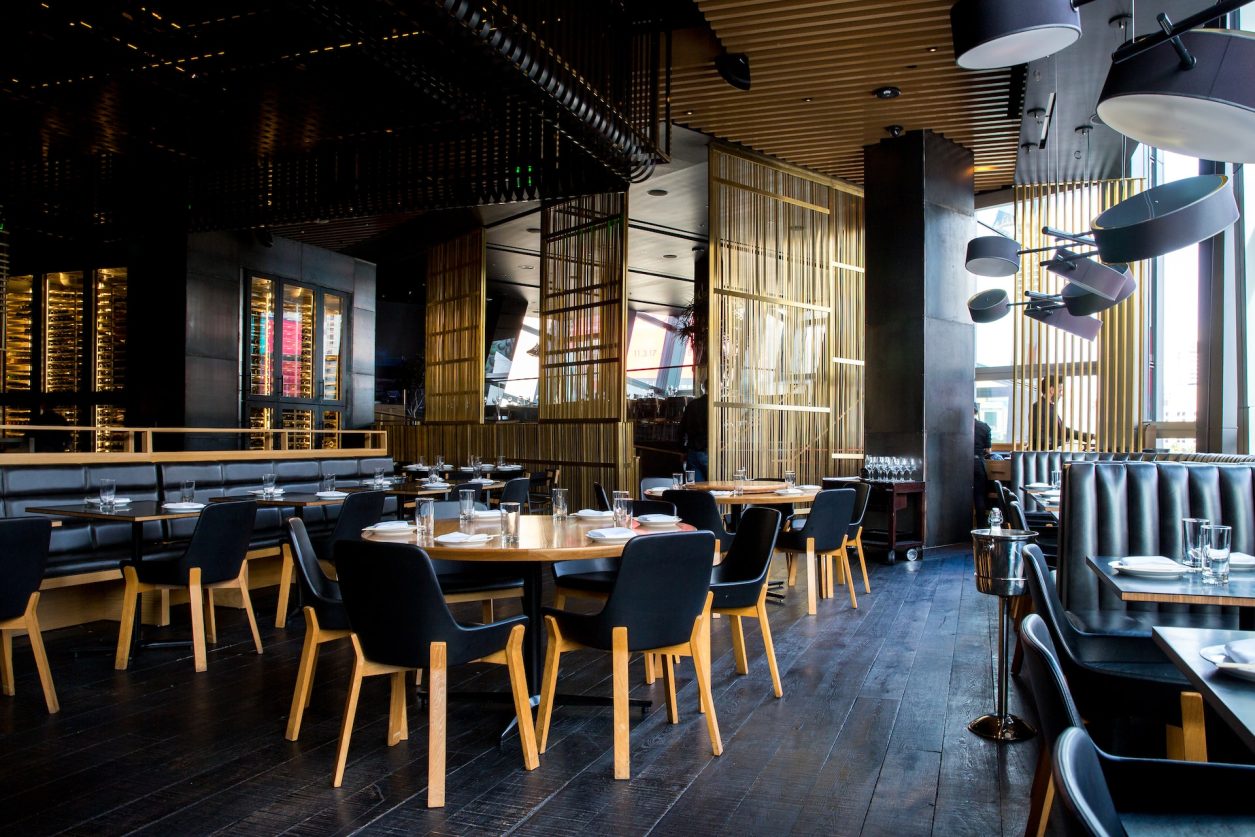
It’s a brave new world in the restaurant industry, and diners everywhere are looking for proof that their safety is being taken seriously. With ever-changing federal and local regulations as well as customers’ expectations for safe practices, restaurants must do more to provide an enjoyable dining experience while still keeping safety top of mind.
In this article, we’ll give you all the strategies needed to create a safe dining experience for your patrons.
Implement food safety protocols
In order to prevent foodborne illnesses and ensure the health of customers, it is important to implement strict food safety protocols. This includes following proper hygiene practices, such as regularly washing hands and using safe food storage techniques.
In addition, it is essential to thoroughly clean and sanitize all areas where food is prepared. To guarantee that these guidelines are being followed, restaurant staff should be thoroughly trained on food safety protocols and regularly audited for compliance.
Maintain cleanliness and sanitation
Restaurant safety is of utmost importance, especially when it comes to cleanliness and sanitation. By regularly cleaning and sanitizing all surfaces in a restaurant, including tables, chairs, menus, and restrooms, you can reduce the risk of contamination and ensure the health and safety of your customers. It’s also essential to use disinfectants that are approved for use in food establishments.
But when it comes to deep cleanings, such as restaurant hood cleaning, it’s important to choose a reliable service. If you’re in Delaware, consider hiring a professional restaurant hood cleaning service to ensure that your kitchen ventilation system is thoroughly cleaned and maintained. With proper cleaning and maintenance, you can keep your restaurant safe and clean for everyone who visits.
Train staff on safety procedures
When it comes to ensuring the safety of your restaurant, it’s essential to prioritize the training of your staff on safety procedures. This includes providing comprehensive training on how to handle hot surfaces, using knives and other equipment safely, and responding to emergencies. Not only should your staff be knowledgeable about these protocols, but they should also be equipped with the proper personal protective equipment (PPE) when necessary.
By investing in the safety training of your staff, you can create a safer and more secure environment for both your employees and customers. Remember, prevention is always better than cure, so make sure to prioritize the safety of your team.
Regular equipment maintenance
Maintaining the safety of a restaurant is crucial, and regular equipment maintenance is an important aspect of achieving this goal. Ensuring that kitchen equipment, like ovens, fryers, and refrigerators, are in safe working condition requires scheduling routine inspections and maintenance.
A malfunctioning piece of machinery can quickly lead to accidents, which is why immediate attention to repairing any problematic equipment is important. By following these procedures, a restaurant can ensure the safety of both its staff and customers.
Slip and fall prevention
Slip and fall accidents are a common occurrence in the food service industry. To prevent these incidents from happening, it’s important to implement measures that can minimize the risk of slips, trips, and falls. One of the key solutions is to install slip-resistant flooring throughout the restaurant, which can provide traction and prevent slips.
Additionally, using non-slip mats can help absorb any excess moisture and prevent accidents. Promptly addressing spills or wet surfaces is another essential step that can be taken to minimize any potential hazards. By keeping walkways clear of obstacles and ensuring proper lighting, it’s possible to create a safe environment that minimizes the likelihood of injuries.
Fire safety preparedness
To ensure the safety of guests and employees, it’s crucial for restaurants to have smoke detectors, fire alarms, and fire suppression systems installed and regularly tested. Staff members should also be trained on fire safety protocols, including evacuation procedures, how to use fire extinguishers, and whom to contact in case of an emergency.
By establishing these safety measures and protocols, restaurants can not only prevent fires or accidents but also protect their customers and employees in the event of an emergency. It’s always better to be safe than sorry, and restaurant owners should prioritize the safety of everyone in their establishment.
Remember, safety should be an ongoing priority, and regular training, monitoring, and adaptation of safety practices are essential to maintain a safe dining experience for both customers and staff.












